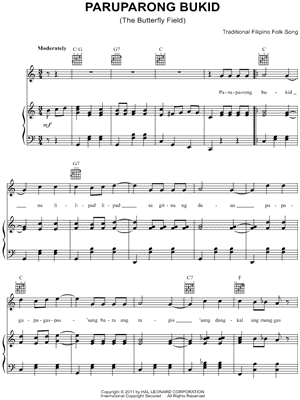

This study focused on the development of a culture-based learning package in Ethnomathematical Plane and Solid Geometry based on the ethnomathematical practices of the Ifugaos. Attempts to revive cultural heritage have had the paradoxical consequence of introducing non-traditional instruments, in coexistence with an altered image of the past. Diversity, variations, and ingenuity in their creation declined considerably during this period and the remaining few musical instruments have been transformed into objects primarily designed for public performance or sale to tourists. The loss of skill in playing and making instruments has gone along with the marked decline of agriculture in the area and the rapid shift towards tourism and urbanization during the middle of the 20th century. Most of the musical instruments are no longer in use.
Philippine ethnic music download full#
The materials were systematically measured and assessed based on the von Hornbostel and Sachs classification scheme with full recognition of its later revisions. Fieldwork was also conducted in the summer of 2010 to further investigate the presence or absence of these traditional musical instruments in current Ifugao culture. The musical instruments were examined from various institutions in the Philippines and United States, and a typological analysis was conducted.

This thesis examines a collection of Ifugao musical instruments archived between the early 20th century and the present to help understand changes and transformations of the group’s musical culture. There are substantial ethnographic monographs about their society and their chants, but organological studies of their musical instruments have not been undertaken in any detail.

They have a characteristic music that has historically been differentiated from the majority of the population in the country who perform and listen to Western music. The Ifugao is one of the well-studied indigenous peoples in the Philippines from the Cordillera Region in the northern Philippines.


 0 kommentar(er)
0 kommentar(er)
